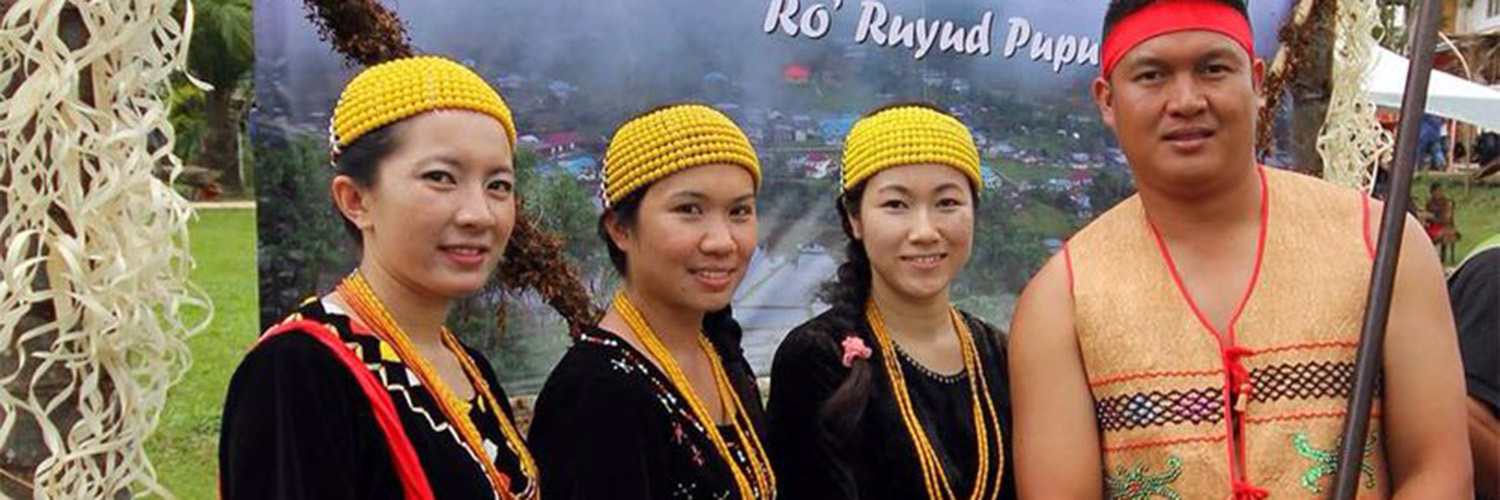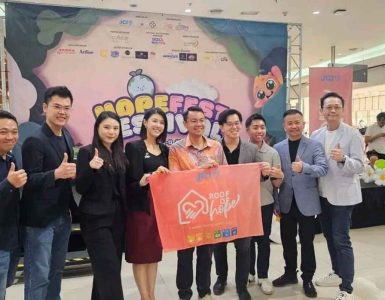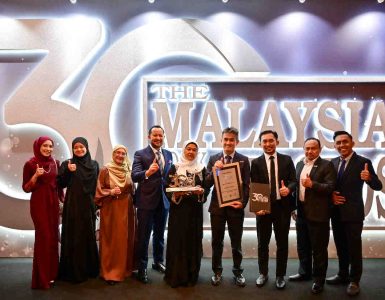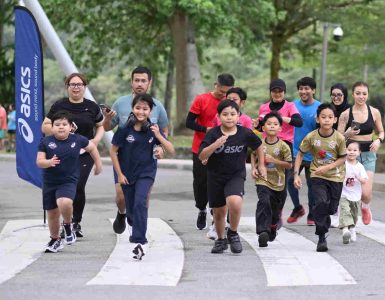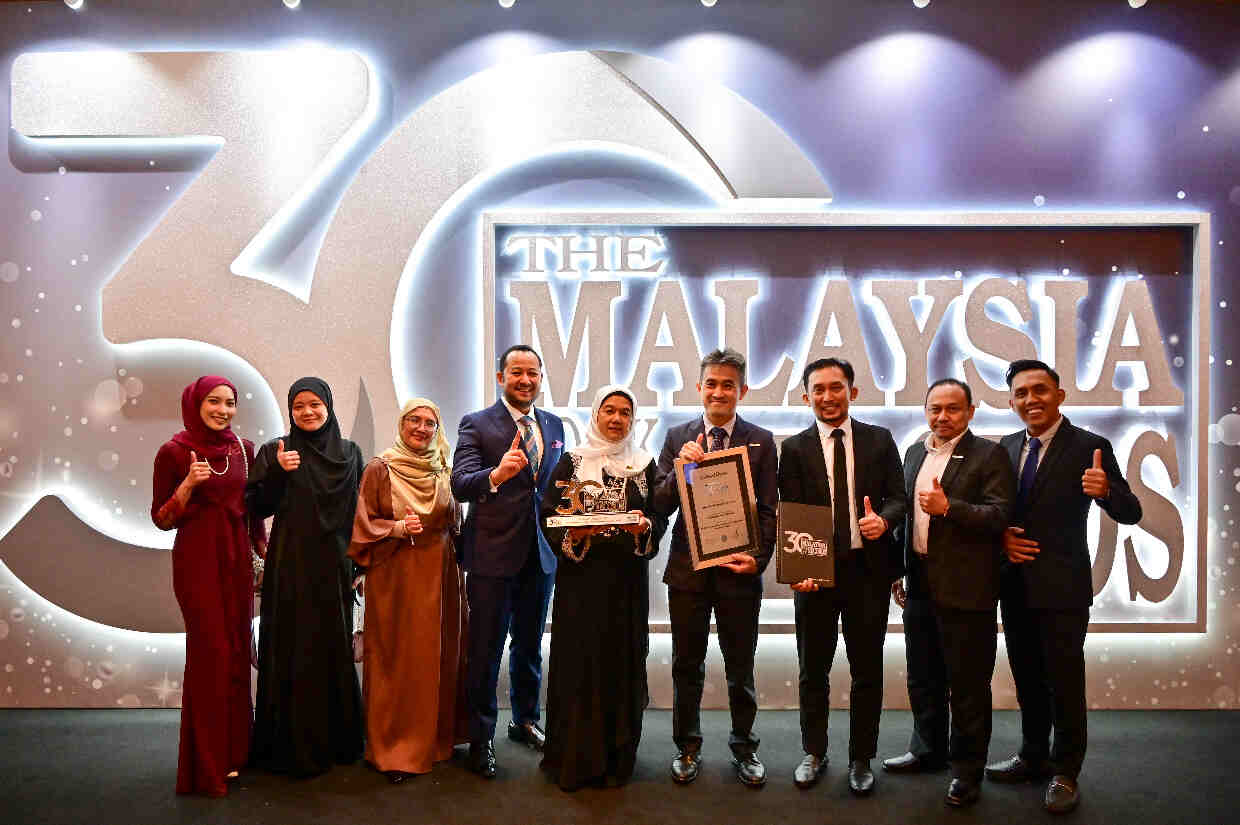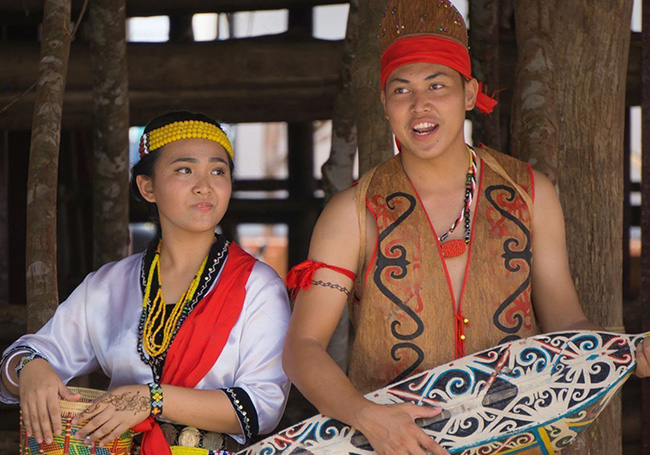
The Lundayeh ethnic group in Sabah predominantly lives in the Sipitang district, estimated around 10,000 people.
They are also known as the Lunbawang in Limbang Division, Sarawak.
According to Joseph Dawat Langub, the name Lun Bawang inherently means people of the land.
The Lunbawangs have different names in different political jurisdictions.
In particular, the name Lundayeh, alternately spelt Lun Dayeh, is used in Sabah and Kalimantan.
They were known to be agriculturalists, practise livestock farming, and are hunters and fishermen.
Lunbawangs also reside in Indonesian, in the Nunukan and Malinau Regencies, in the northernmost reaches of the province of Kalimantan Utara
A small number also live in Brunei’s Temburong District.
The forgotten catastrophe

In 1904 and 1905, there was a smallpox outbreak around the Lundayeh regions, bringing them to the brink of extinction.
The plague significantly changed the course of Lundayeh’s history.
The death toll had reduced from approximately 20,000 to 3,000 of the Lundayeh population.
Diseases such as smallpox and cholera ravaged the Lunbawangs, perishing villages and pushing them to abandon those altogether.
Ipoi Datan, in his book A brief ethnography of the Lunbawang of Sarawak, said 50 to 80 per cent of the entire Lunbawang population within Sarawak may have died.
By 1933, the situation was such that a civil service officer remarked that the Lunbawang were “a dying race”.
The arrival of missionaries and the outbreak of the Second World War altered the journey of the Lunbawangs.
This catastrophe remains a dark history of the Lundayeh, which is taboo to talk about among a few of the Lundayeh people today.
The movement of Lun Bawangs
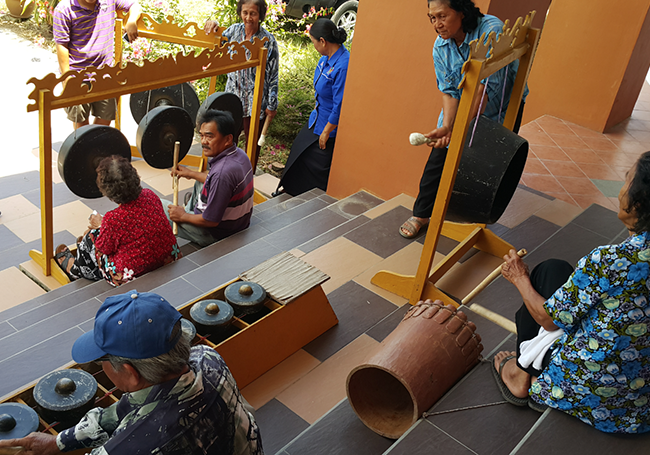
Since Sipitang district shares a common border with Kalimantan (not far from Long Pasia), thus it’s pretty natural for this group of people to cross the border in an unorganized fashion.
They are hill people rather than the sea. Farming and agriculture are natural professions, such as fishing for coastal people.
However, the same community lives in the Fifth Division of Sarawak, but this group is known as Lunbawang instead.
There’s not much difference between these two groups.
The grandson probably is eating Soto in Sipitang, Sabah, while the grandfather might be sipping Teh Tarik in Lawas, Sarawak. In other words, they were of the same root.
The only dividing line between them is religion.
Most modern Lundayeh is practising Christians of Sidang Injil Borneo, which is found only in Borneo, but like any other ethnicities, they are Lundayeh Muslims too.
The newer immigrants came directly from Kalimantan as early as the 1970s. Many were born in Kalimantan but had dual citizenship in Malaysia and Indonesia.
Among the essential institutions still practised by Lundayeh/Lundbawang, together with other ethnicities in Sipitang, is Tamu Besar.
It is where they converge regardless of their ethnicity or religion.


